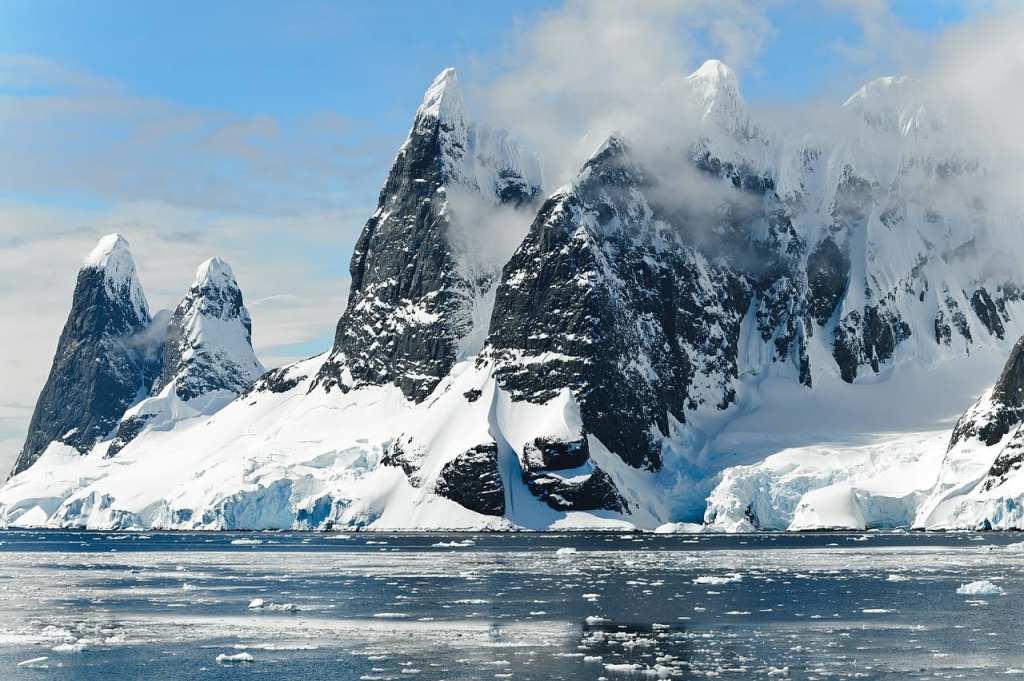Trending Now
Antarctic sea ice had been increasing from the late 1970s until 2014. But since 2014, the sea ice has been retreating at a record pace—even faster than the ice in the Arctic Circle. To put it into perspective, it’s losing an area larger than the size of France every year.
Why is this important? Sea ice is a critical part of the Earth’s climate. It reflects solar radiation, which helps to stabilize the global temperature. When there’s less sea ice, more light is absorbed by the ocean, which increases the global temperature…which melts more sea ice.
And the circle goes on.

Photo Credit: Pixabay
Sea ice also hosts whole ecosystems. It’s home to a variety of animals, including whales, seals, and penguins.
Climate change skeptics have often used the increasing amount of Antarctic sea ice to argue against climate change (again, that increase ended in 2014). Scientists were never actually able to explain why Antarctic sea ice increased, and they aren’t sure why it’s decreasing now. They do know that it acts very differently than Arctic ice.

Photo Credit: Pixabay
One possible explanation is that it’s being impacted by changing oceanic currents, such as El Nino (although really it is more complicated than just a current). The changes in El Nino are attributed to global climate change, which, to be clear, is caused by humans releasing CO2 and other greenhouse gases into the air at rates not seen before in the history of our planet.
While the two poles may seems in similar straits, it’s actually not surprising that the Antarctic sea ice has acted differently from the Arctic, as the Arctic is surrounded by continents, while the Antarctic sea ice is surrounded by ocean.
Scientists are going to continue to monitor the Antarctic sea ice and see if the trend continues. It’s especially alarming since we’re already losing a great deal of Arctic sea ice, which is having a dramatic effect on our warming and rising oceans.
Frankly, the sooner we take real action to combat climate change, the better for all of us.






